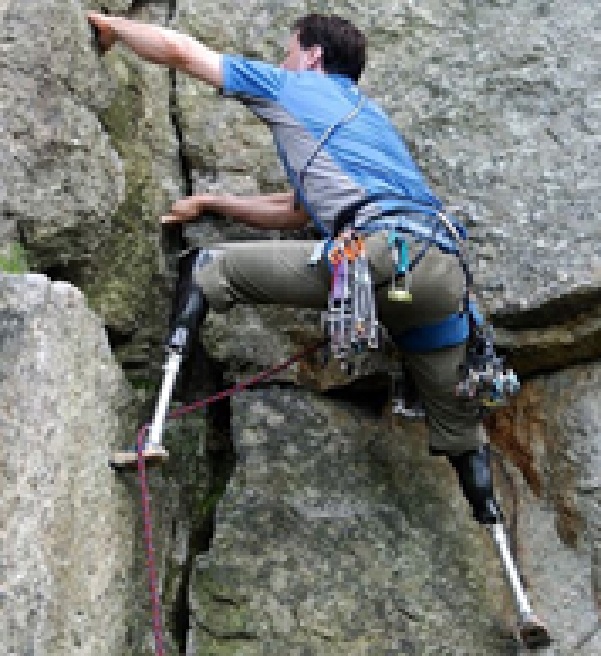Written by Peter Bates, January 2021
The sun shone as I stood on a basalt pillar of the Giant’s Causeway, wondering if this was the inspiration for the humble staircase. All around me tourists stepped up and stepped down, delighting in the vertical risers and hexagonal treads so carefully crafted by Finn MacCool. We should honour fire, the wheel and the staircase as great discoveries that have extended our reach, enhanced our safety and taken us back up to treetop living.

Watch a toddler and you will see the appeal of stairs. There’s something about reaching upward, stretching and balancing, heaving the nappy-fattened torso on to the next level. At each step, achievements are left behind and the next stage beckons. Even toppling and carpet burns don’t discourage this tiny bundle of aspiration from trying again, setting off for the peak like a Himalayan Sherpa, just because it is there.
Adults are just the same as we queue to place our weight in the footsteps worn by our ancestors and spiral up on to the city walls, the castle tower, the church spire. After a rest on the landing and a friendly grumble about our old knees, we set off again, determinedly stairclimbing and climbing until there are no more steps.
It’s a struggle, leaving me breathless after each push up to the next level. Sometimes the effort is mostly emotional as I confront the nightmare that lives in the darkness under the stairs, crushing it under my heels as I climb. Elevators are rarely so satisfying because they have that most disappointing of functions – they are labour-saving. What is the point of that? It smooths out the frown of concentration, replaces the driving beat with easy-listening lift muzak and idles the pumping heart. I forget that the ache of calf muscles and the grinding of worn-out joints will open my eyes and make me breathe in life more deeply.
There’s triumph at the top, plonking down and taking in the panorama. A view from above rather than from knee-height, a plan view of people and things in relation to one another. The bald bit of Daddy’s head, cars like Dinky toys, the horizon, sounds floating up on the clear air. For millennia humans have been drawn to worship in high places, to touch heaven, to return to the freedom of the treetops, to gain a new perspective.

A stairclimbing life reaches upwards and embraces risk by struggling towards achievement and a new perspective. This defies the safeguarding officer’s insistence on step-free access and a Stannah or the cowering life of bungalow dwelling. I heard of one residential care provider that builds their places always with a staircase opposite the front door, just like a real home. Of course, it can be just too painful to climb and wobbly people might snap their brittle bones, so perhaps there are other ways to put the struggle back into life. After all, life without stretch, without risk and without bruises is no life at all.
Where does stairclimbing or its equivalent appear in our activities programme, yours and mine? If we have assessed all challenges, installed gates to mitigate risk and eliminated the exhilaration of reaching the top it is hardly surprising that residents will scale the bed rails, climb the walls and stand on the furniture. In contrast, one home brought in a big snake to visit care home residents, and Beryl wrapped its coils around her thin shoulders as if it was a feather boa, welcoming the excitement and adventure. Does the minibus stop at the top of the hill, give people the chance to get out and breathe the high air, alone with the view?
When I can no longer scramble over the Causeway, when my feelings are indecipherable and I am unable to command my body or shape my words, I hope that I will still stretch for the next step, just as I have done since I learnt to crawl. Please, may I live in a staircase home? There, let me climb and then leave me to sit awhile looking down.

Recent Comments